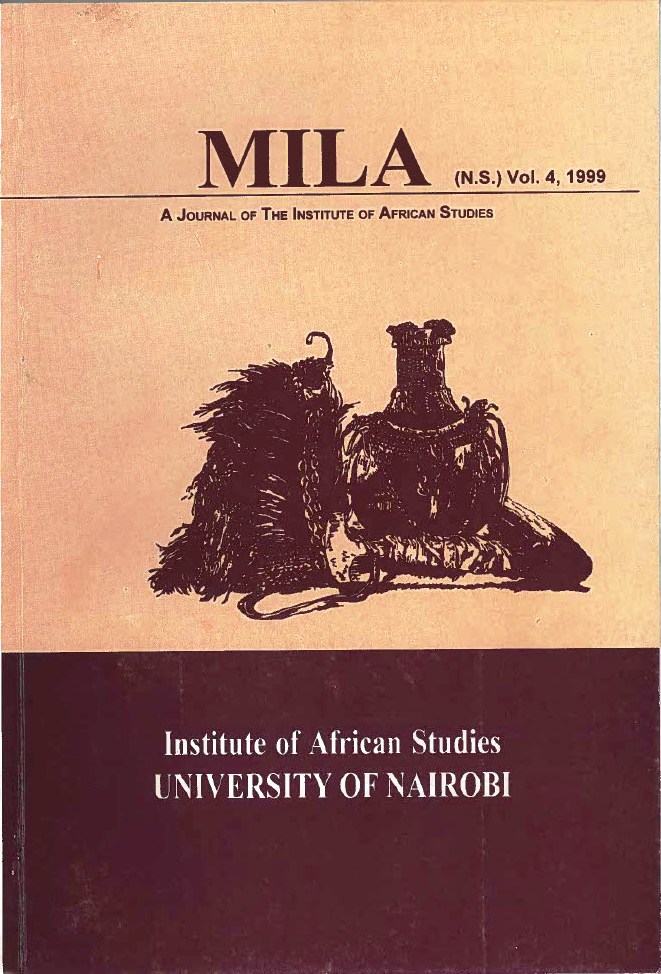Reproductive Mortality and its Significance to Health Planning in Kisii District, Kenya
Abstract
The research in this study was carried out between 1991 and 1995. Research investigated the phenomenon of reproductive health in Kisii district, Kenya. The broad objectives were to estimate the levels, portray any trends, and identify the determinants of maternal mortality and its significance to health planning. The conceptual hypothesis was that maternal mortality was a function of a complex web of phenomena incorporating demographic, biomedical, socioeconomic, cultural, political, and environmental factors. Hospital records from a random sample of the two major hospitals in the district, namely Kisii District Hospital and Tabaka Mission Hospital were examined and a total of 159 maternal deaths recorded by the two hospitals during the study period were analyzed. Details on socioeconomic, demographic, biomedical conditions, and health-seeking behavior of the deceased women as reflected in their hospital records were then examined. These data were also supplemented with primary data collected from health personnel, community leaders, and women focus group discussions from different parts of the district. Demographic and statistical techniques, especially regression, correlation, and factor analysis from the hospital data were used to establish the nature and magnitude of the relationship between maternal mortality and its major determinants. The research revealed that the Kisii district has a high maternal mortality ratio, which has been rising steadily. In 1991 maternal mortality ratio was 397.5 deaths per 100,000 live births. This increased to 530 deaths per 100,000 live births in 1993 and 663 deaths per 100,000 live births in 1995. Factor analysis identified five major determinants of maternal mortality to be poor health-seeking behavior, demographic events, mode of delivery, birth interval, and occupation. Based on these findings, the study recommends intensified reproductive health education to target all young and old women. There is also an urgent need to improve the provision of maternal and child health programs in the district.

